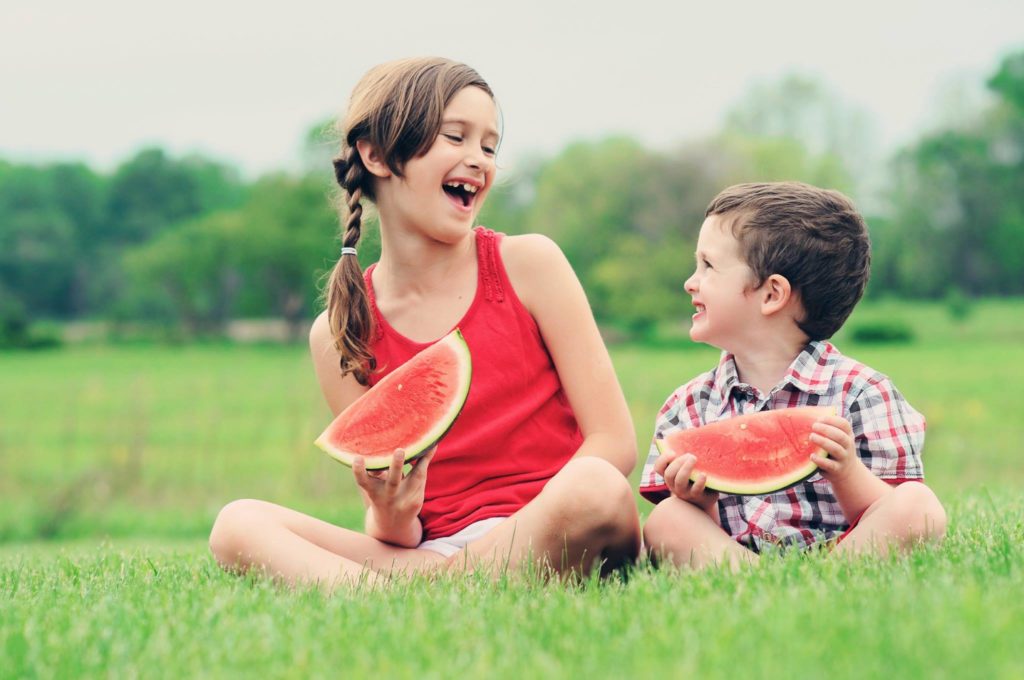How Can We Help?
Community Visioning Process with the Community Action Center

Community Visioning Process
The Community Visioning Process is a grassroots approach to planning with community input. Community input is valuable because it provides insight that organizations may not be aware of, builds relationships, and invites collaborative approaches to solving regional issues.
After the initial data collection phase of the Palouse Tables Project, there was an analysis of the data phase. This phase was beginning to make sense of the raw data collected so that it is more usable and informative. Each community meeting data was coded. For example, the dream of having a community garden would be coded for something like “Growing Food” or “Community Engagement.” Many codes were tried until it was down to four codes for community and five codes for food. The four codes for community included “Community Engagement and Leadership”, “Communication and Coordination”, “Food System Education and Heritage Appreciation,” and “Inclusion, Connection and Community Identity.” The five codes for food included, “Growing Food,” “Selling and Sharing Food,” “Eating and Cooking Food,” “Food Waste,” and “Transporting and Storing Food.” Most of the dreams or ideas collected from the community fell within these codes which was then determined as the themes of wants and dreams for community food security on the Palouse.
After these major themes were created, a proposed regional vision was also created to tie the themes together. This vision concept was called “Regeneration,” because all the themes related to creating a better relationship with food and with the community, one that was healing of the present, collective of the successful things of the past, and working toward a healthy future. A dot survey was created, both a hard copy version and an online version where community members were asked “Where could REGENERATION improve our community food security?” Community members were then invited to place one dot sticker on the community themes and one dot sticker on a food theme. About 50 people participated in the online version and about 250 participants were recorded for the in-person survey. The online version also had a field for people to comment on the vision of Regeneration. People were asked to fill out this survey through Facebook, e-newsletter, email, at distribution sites, at festivals, at meetings, and at county fairs.
The raw data, coded themes, and vision were also made available to all the towns so that they can then use that collected information for their purposes. Pullman 2040 food security subcommittee and the Palouse-Clearwater 2019 Food Summit Planning Committee have been working closely with this model. A proposed vision statement has also been included for discussion. The Vision for Regeneration states that, “Every community member of the Palouse Region will have knowledge of and convenient access to a variety of local, affordable, diverse, and fresh food that contributes to the Palouse food economy, to the identity and vibrancy of their community, and to the health of the individual.” Plans for the 2019 Food Summit include a break out session for the Palouse Tables Project to vet the draft vision statement with community members present in the room. The Pullman 2040 Food Security Subcommittee has been focusing on the “Growing Food,” “Eating and Cooking Food,” “Communication and Coordination,” and “Community Engagement and Leadership” aspect of the model. This includes inviting key stakeholders to meetings and tours of already existing community gardens and green spaces and kitchen. This also includes planning for a community holiday meal with partnering commercial kitchens and non-profit groups. This has the potential to be a taskforce to accomplish community-driven dreams and ideas.
The feedback provided from community members, both online and in person, will work toward refining the model, the vision concept, and the vision statement. Already, the Palouse Tables Project has gotten helpful feedback including making a fifth theme under community by making “Food System Education” its own theme and tying “Heritage Appreciation,” with “Inclusion, Connection, and Community Identity.” Further tinkering will be done until there is consensus around. However, the outcomes of the planning process are already taking affect where there is more organization and collaboration taking place. Additionally, partners will be signing on and funding/fundraising will be more efficient through collaborative processes, accomplishing the original goal of the Palouse Tables Project which was to address community food security on the Palouse more efficiently, effectively, and collaboratively.


